News
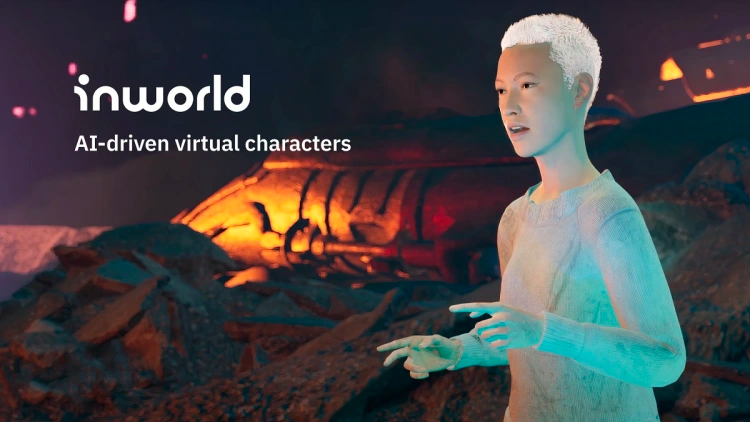
Inworld AI has raised $50 million for its developer platform for creating AI-driven virtual characters in video games and the metaverse.
The firm raised the money in March and is announcing it now. It also hired special effects and entertainment pioneer John Gaeta as its chief creative officer. The company’s idea is to populate games with smarter computer-controlled characters so that players can have longer conversations with them and feel like the world is much more immersive.
The company was started a year ago by conversational AI pioneers Ilya Gelfenbeyn, Michael Ermolenko,
and Kylan Gibbs. The company raised the money to bring richer social interactions of smarter computer-controlled characters — known as NPCs, or non-player characters — to immersive worlds in gaming, metaverses, entertainment, and brand experiences.
Section 32 and Intel Capital led the round, which also included investments from Founders Fund, Accelerator Investments, First Spark Ventures, Kleiner Perkins, Bitkraft Ventures, CRV, Microsoft’s M12 fund, Micron Ventures, LG Technology Ventures, SK Telecom Venture Capital, and The Venture Reality Fund.
Like in the Ryan Reynolds movie Free Guy, Inworld brings NPCs to life for gaming, metaverse, and business applications. While virtual worlds have become more immersive, realistic, and open, interactions with characters have remained relatively static, relying on scripted dialogue and behavior.
Ilya Gelfenbeyn, Inworld CEO, said, “In the last year, we’ve seen research that shows that online relationships can be as meaningful as those formed in real life. With Inworld, you can create gaming NPCs (non-playable characters), native populations for virtual worlds, virtual influencers, brand representatives, in-world guides, and digital humans that can forge relationships with users and unlock deeper engagement. This is the future of entertainment–stories that are told through characters with a rich inner life, that audiences are invited to participate in, and take immersion to the next level.”
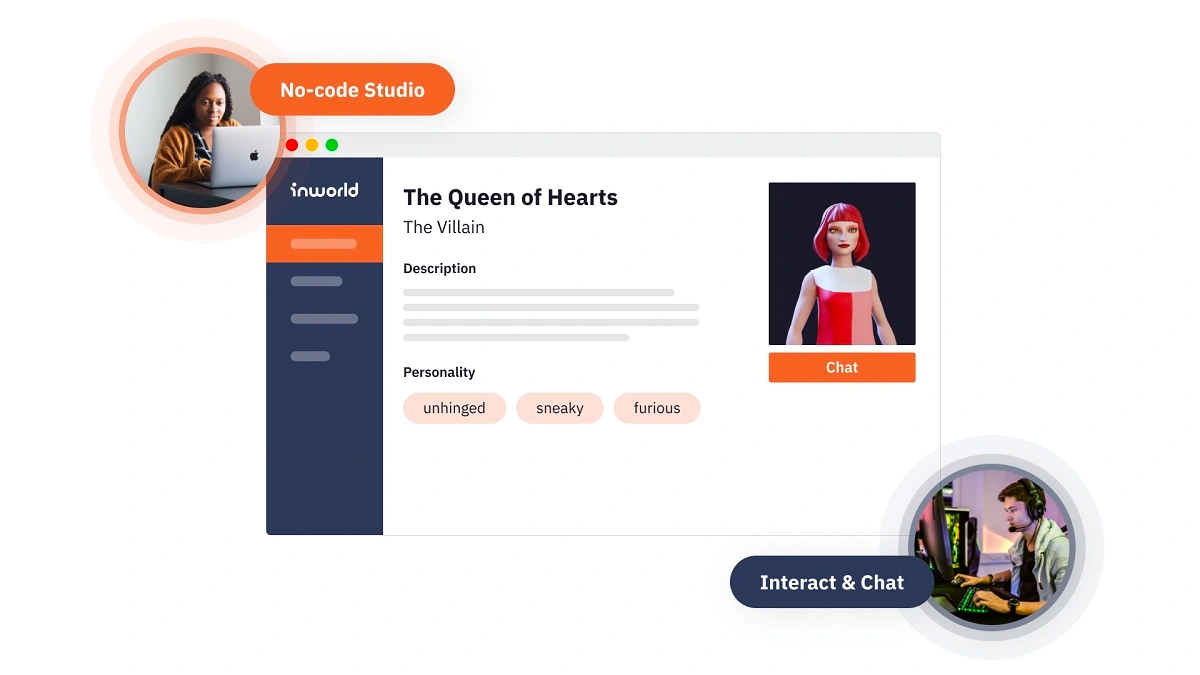
Inworld uses advanced AI to build generative characters whose personalities, thoughts, memories, and behaviors are designed to mimic the deeply social nature of human interaction.
“Inworld’s AI platform removes the complexities of developing intelligent, virtual characters with the potential to unlock a variety of new online experiences,” said Andy Harrison, managing partner at Section 32, inf. “Applications for Inworld’s platform transcend what’s possible in gaming and the metaverse alone and enable enterprises to deliver rich, on-brand experiences with AI-powered virtual characters capable of delivering memorable user experiences.”
The Inworld platform features a no-code studio that makes the creation of AI characters accessible to writers, designers, and creators, while integrations with the most popular game engines, like Unreal and Unity, make it easy for developers to deploy characters into game environments.
“The demand for immersive content and experiences is rising, ushering in a thriving creator economy and unlocking opportunities for individual developers,” said Srini Ananth, managing director at Intel Capital, in a statement. “Inworld AI has quickly become a trusted resource for developers, who are flocking to the platform to create AI-powered virtual characters with human-like speech, facial gestures and body language for immersive realities including the metaverse, VR/AR, games, and virtual worlds.”
Since Inworld’s founding in July 2021, the company has raised a total of approximately $70 million, which includes the $50 million Series A, following pre-seed and seed rounds totaling nearly $20 million.
Since closing its seed round in March 2022, Inworld released its beta product, hired Academy Award winner Gaeta as Chief Creative Officer, and was selected as one of six companies to join the 2022 Disney Accelerator.
This year’s Disney Accelerator class is focused on building the future of immersive experiences and specializes in technologies such as augmented reality (AR), non-fungible tokens (NFTs), and artificial intelligence (AI) characters. Inworld has broad applications outside of gaming and metaverse, and can also be used for entertainment, sales and marketing, and training & education.
Origins
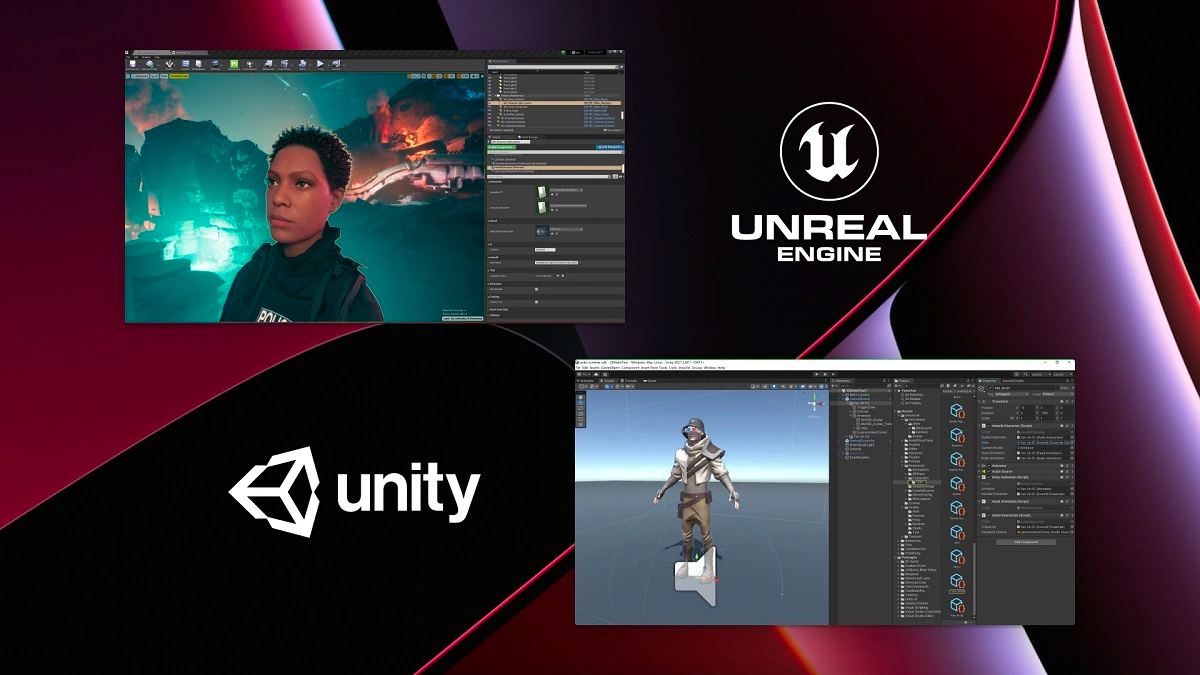
Gelfenbeyn had previously created an AI startup dubbed API.AI and sold it to Google in 2016. After spending a few years they, he and his cofounders decided to move on to the next startup, but this time with a focus of taking AI technology into gaming.
“The big difference is that we are focused on immersive realities, meaning like games, the metaverse, and some non-gaming environments like corporate training and virtual events,” Gelfenbeyn said in an interview with Gamesbeat. “These worlds are developing fast, but maybe not as fast as we would all like them to do.”
He added, “If you’re going to be living in these extreme online environments and they are immersive enough, then you’ll want all other aspects of real life, like the people around you, to be realistic as well. So our idea is to build the tools so that all types of creators and game designers can actually build characters to make these worlds more engaging, more lifelike, and comfortable.”
Gaeta said that he has been on this journey separately for much of his career, with a focus on immersive realities like his days working on Star Wars and The Matrix films.
“I always thought that what we were working on in film would be technological building blocks for what we could do in virtual reality simulations,” Gaeta said. “I’ve seen a lot of my colleagues from 20 years ago migrate into triple-A games because it was frustrating that the world would end when the movie ended.”
What Gaeta wanted to do was walk around those sci-fi worlds and interact with the people in them. Gaeta said he has been plugged into all of the experimentation in Silicon Valley labs where futuristic media experimentation is happening. He worked with Microsoft at the outset of HoloLens, at LucasFilm, and at Magic Leap. And he saw how rapidly the visions were moving toward the metaverse, which picked up a lot more steam during the pandemic.
And Gaeta said it will be interesting to create worlds that are populated not only by humans, but by the characters that can enable them to have a great storytelling and interactive experience. He met with the founders of Inworld AI and felt, “There is the beginning of the vessel I need to begin with the population of a virtual destination. I am convinced this is the beginning of an amazing road.”
Inspirations
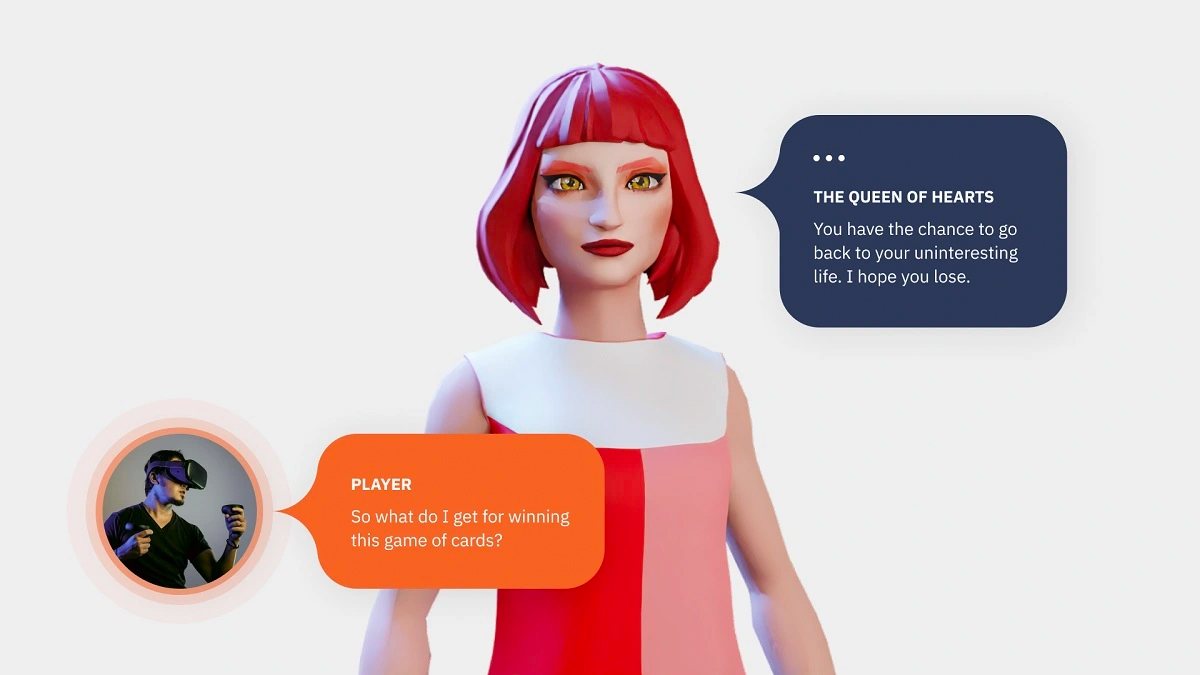
Gaeta said he has been inspired over the years by sci-fi from Stanley Kubrick, Philip K. Dick, Steven Spielberg and others when it comes to AI characters.
“Most of the characters we come across are agents of others, and those days are about to change,” Gaeta said. “It’s a democratization of AI and hopefully all will benefit as we go into this metaverse. What I want, essentially, is something that’s unconditionally caring for me. The only way this is going to be really interesting is if it brings joy, and it’s fun, and it’s not laborious or harmful.”
He added, “Just imagine the art form that’s coming when literally a kid could generate a whole new personality, a wonderful character in a matter of minutes. And it’s so intuitive to the point that within minutes, you’re actually able to have conversations. And you could just imagine the attractiveness of sharing these creations. It’s almost like having a kid or like having a pet that you share with people. And so I think that this is potentially an amazing new form of imagination and art coming.”
Fixing a big problem in games
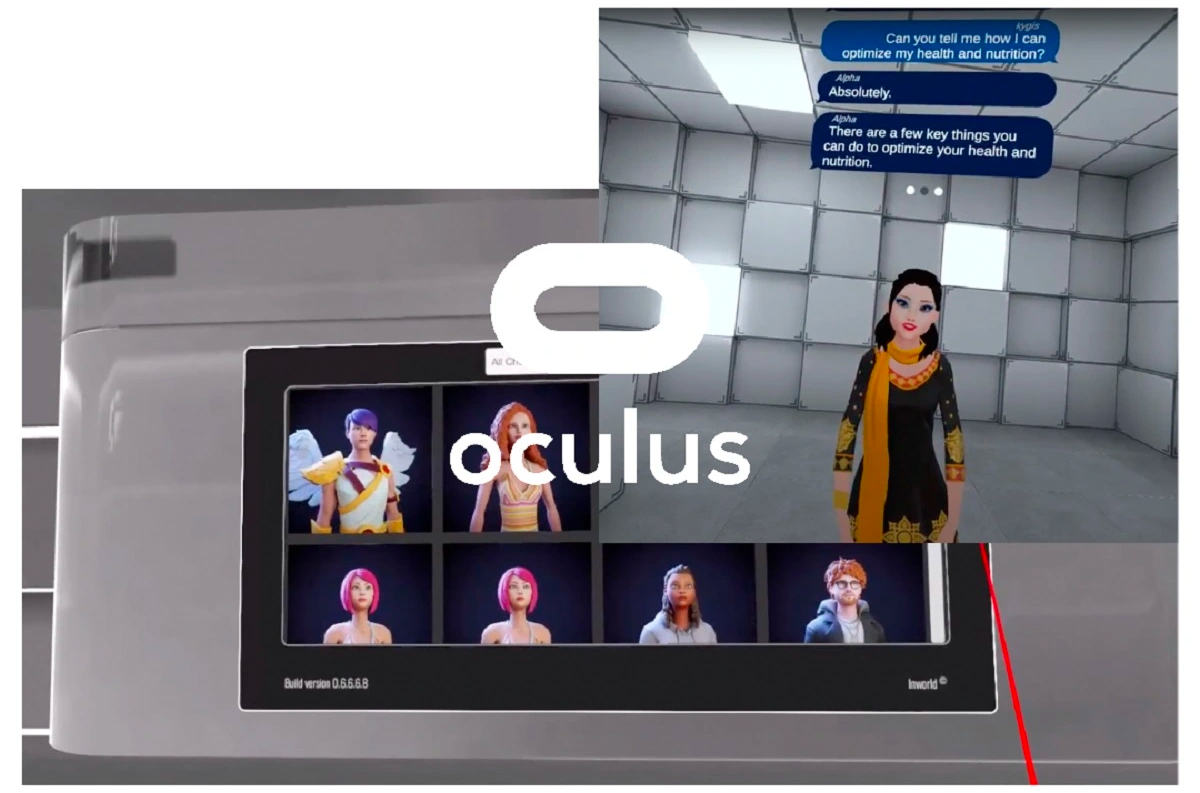
We’ve all had the experience of meeting characters in games and talking to them. Envisioned as cameo characters, they talked for a couple of sentences and then go into a kind of hibernation, merely repeating the lines they have been fed. But what if you could talk to them for hours?
You could make those characters into humans, but then you run into problems with consistency of storytelling and whether those humans will be online or not. So the NPCs need to do more of the heavylifting for the storytelling, and they only work well if they are believable. A key part of that is giving them the intelligence, through technologies such as OpenAI Foundation’s GPT-3, to speak like humans.
With this platform, Gaeta said the developers or players themselves can create a role for an actor, whether that is a human or an NPC.
“Hiring a real person for a role is not really scalable, once you get to a million daily active users,” Gaeta said. “You cannot do it at scale. And this is where we train this character based on role descriptions. You describe the role with natural language and determine their personal trains and motivations.”
In contrast to the OpenAI model, Inworld AI has around 20 different machine learning models in charge of different aspects of the personality for a character. An orchestration model manages them all, and they are all interconnected to convey realism through things such as movements, gestures, speech, safe communication and relevant emotions, Gelfenbeyn said.
“We are retrieving a character’s memory and goals and apply something relevant to the conversation,” he said.
That character should be able to recall memories that are relevant to a conversation, and not just based on the most recent transcription of a conversation.
“Our focus has to be on building characters that are really engaging and expressive so players enjoy talking to them,” Gelfenbeyn said. “The character doesn’t have to show that they are the smartest person in the room. But the user should really enjoy interacting with the character.”
The AI roadmap
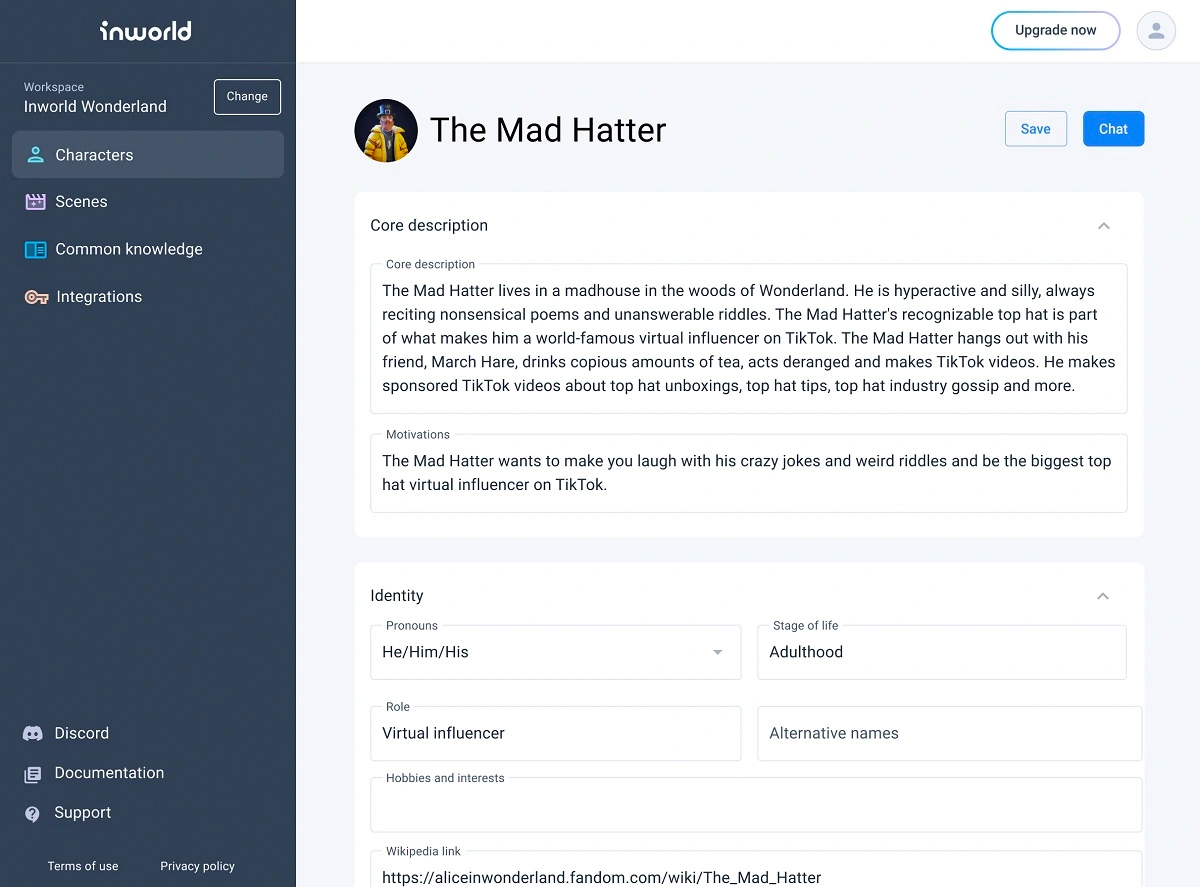
Of course, not every bank teller needs to be designed on the level of a character like Brad Pitt. On the other hand, Ryan Reynolds’ Free Guy movie was about liberating a bank teller AI to be more than they were programed to be. The tell will work with a game engine, telling it to do things like make a realistic human character smile at the right pointin a conversation.
“We’ve very focused on creativity,” said Gelfenbeyn. “We will work with MetaHuman and other avatar builders out there so we can generate visuals, gestures, and animations and emotions for a character.”
The company isn’t necessarily trying to build the best human-like AI possible. It’s trying to build an actor in a story, and that is where some of the ethical considerations of what it is doing will have a clearly defined line. “The idea is social metaverse entertainment,” Gaeta said.
The company is working on the tech with a number of triple-a game studios and other enterprises, Gelfenbeyn said. The company hopes some of the projects will start to surface this year or next year. The company is going to work its way through the Disney accelerator as it grows.
“Our sweet spot is when the developers are considering new technologies in their next set of releases,” Gaeta said.
- Originally published at venturebeat.com/ | August 2022
